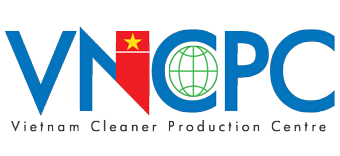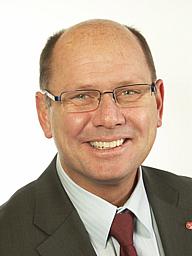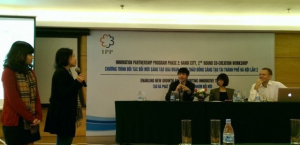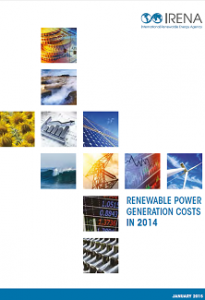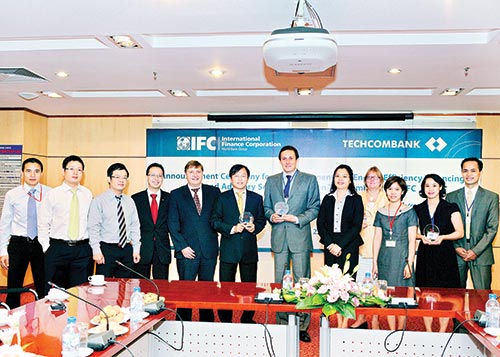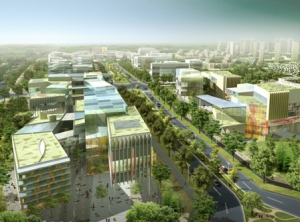Swedish parliament speaker visits Vietnam, attends IPU-132
Swedish Parliament Speaker Urban Ahlin is slated to begin his five-day visit to Vietnam on Saturday on the occasion of Sweden’s participation in the 132nd Assembly of the Inter-Parliamentary Union (IPU) that opens in Hanoi the same day, the Swedish Embassy said on Thursday in a press release.
The speaker of the Swedish Parliament Urban Ahlin
Speaker Ahlin is travelling with a delegation of six parliamentarians from four different political parties, the press release said, adding that they together represent Sweden in two very important committees, the steering Committee on the WTO and the Committee on Middle East Questions.
During his visit, Ahlin will meet with high-ranking Vietnamese officials to discuss and promote Sweden’s cooperation with Vietnam in such areas as parliamentary exchange, economics and trade and higher education.
The Swedish Speaker will hold talks with Vietnam’s National Assembly Chairman Nguyen Sinh Hung and will later pay a courtesy visit to Prime Minister Nguyen Tan Dung.
He will also have separate meetings with Minister of Health Nguyen Thi Kim Tien and Minister of Transport Dinh La Thang.
Health and transport have been identified as two potential sectors of intensified business opportunities and technology transfer between Sweden and Vietnam.
During his visit, Speaker Ahlin is also scheduled to participate in a field visit to ABB’s transformer factory in Bac Ninh province and join a campaign to raise public awareness about traffic safety.
Ahlin said he is delighted to visit Vietnam for the first time to attend the IPU-132 and to witness the prosperous development of what is considered to be a unique and special bilateral relationship between the two nations, the press release said.
Sweden was the first Western country to establish diplomatic relations with Vietnam already in 1969.
“My visit serves to strengthen ties between our countries and our peoples and provide opportunities for mutual understanding of good parliamentary practices and contributing to the enhancement of trade flows, investment and technology transfers between Sweden and Vietnam,” the press release quoted Ahlin as saying prior to the visit.
The IPU, which is to run from March 28 to April 1, will comprise of a series of meetings and discussion sessions covering the above subjects, among other important issues, under the common theme of “Sustainable Development Goals: Turning Words Into Actions”.
Source: tuoitrenews.vn
